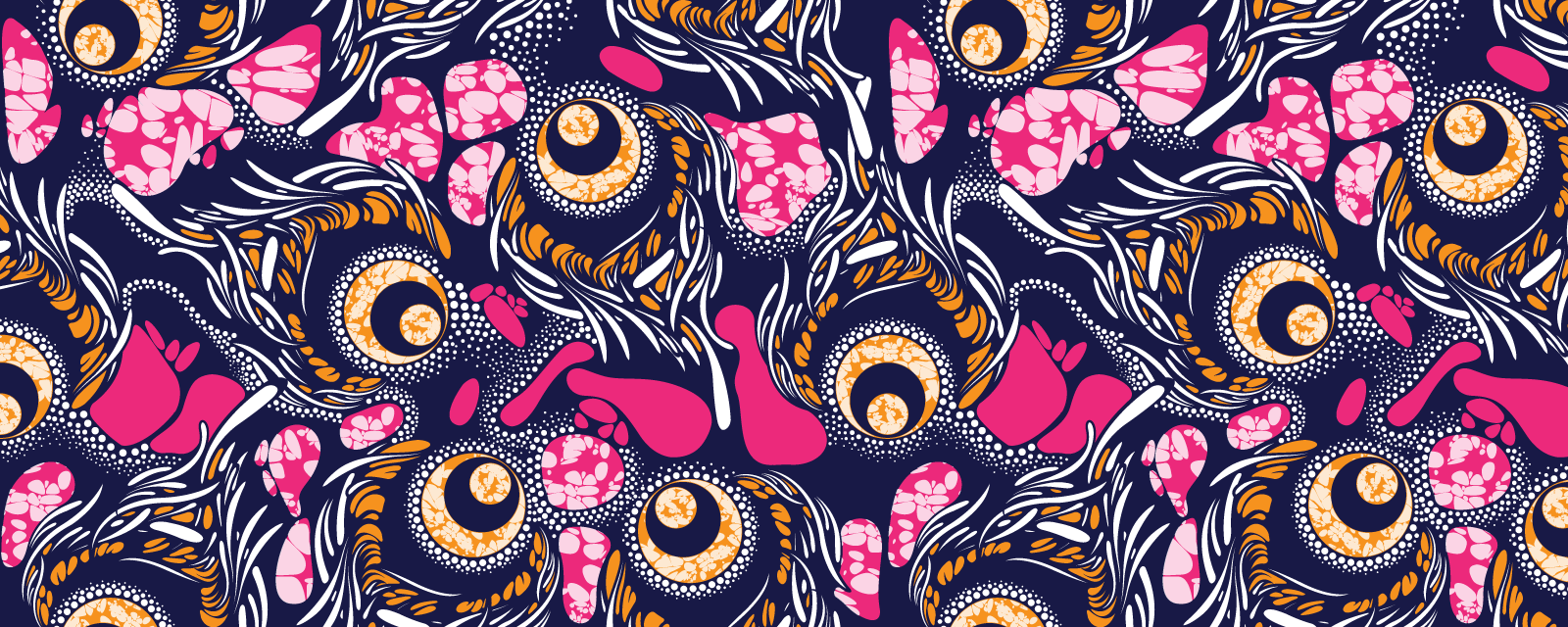A man praying to his Gods and Ancestors is not primarily concerned with making poetry. If other people are present, they are not likely to be there as an audience but as people joining in the prayers. Yet poetry is built of patterns. The prayer which begins this section is composed of several brief petitions — for health, good crops, children, and for deliverance from disease and dangers. These prayers are re-arranged and repeated, and the whole community shows its support in the chorus. The prayer is simple, but it has a formal dignity quite separate from ordinary speech.
By contrast, the chants to the Yorùbá Gods Ogun and Eshu, or the Fulani Creation myth, or the long philosophical poem The Importance of Ori are attempts to wrestle with the meaning of human existence. The density of the poetry reflects the subtlety of the thought. There are two very extensive collections of religious poetry in Africa. One is the poetry of Islam, in such languages as Hausa and Swahili. Most of this poetry is written, though often intended for public performance. The Day Of Resurrection is an example. The other is the poetry of Ifá, the divination system of the Yorùbá. This is a body of many thousands of poems, divided into groups and sub-groups, which are learned by the Ifá priest during many years of training. Each poem is associated with a set of ‘throws’ of the divination instruments, and may be identified and chanted by the priest when clients consult Ifá for advice. In both these cases, religious thought and feeling seem quite naturally to require poetical expression.
Also included in this section are two satires on Christianity (It All Started with the Conversion and Chief Seeiso and the Christians). Oral poets have complete confidence in their own religious systems, and judge the Christian missions accordingly. It is necessary to remember this when so much African religious thought is in danger of being lost through neglect or outright hostility. At the same time, the extracts from the Kikuyu Hymnbook and from the hymns of Isaiah Shembe’s church show how the Bible has provided metaphors for modern African aspirations. In the Gikuyu hymn, Dedan Kimathi becomes a Christ-like figure, while Shembe’s hymns achieve a marriage of Zulu history and New Testament images to comment on the former liberation struggle in South Africa.

